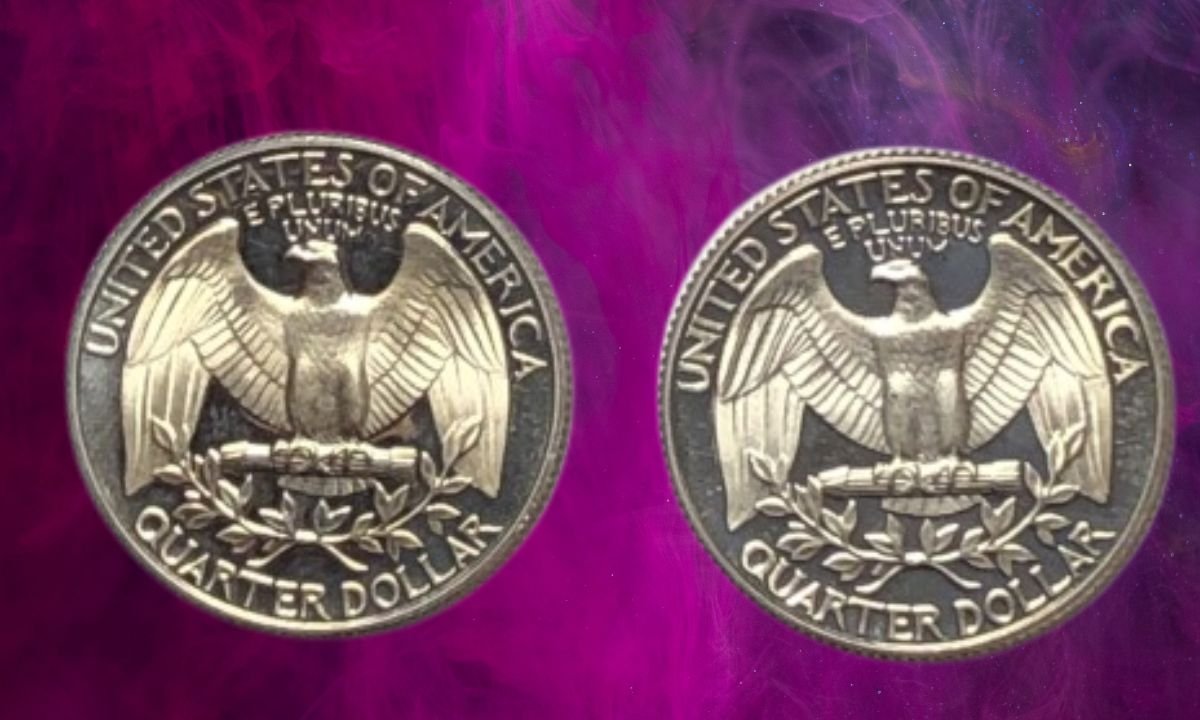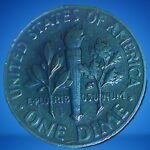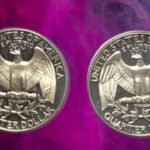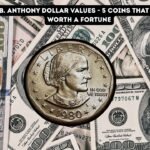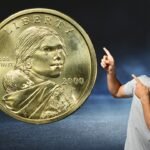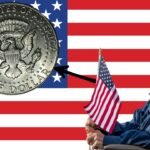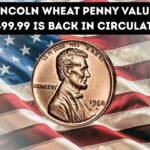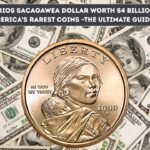If you’ve ever dumped a handful of change on your counter and spotted a Washington quarter from 1982 or 1983, you might’ve been tempted to toss it right back into circulation. After all, it’s just a quarter, right? Well, not so fast. Those two years are actually a fascinating little chapter in U.S. coin history — and your spare change could be worth more than you think. Let’s dig in a bit, because honestly, these quarters deserve a second look.
Back in the early 1980s, the U.S. Mint faced some economic challenges, including rising production costs and budget concerns. As a result, in 1982 and 1983, they made a major decision: they did not produce official mint sets for collectors. That might sound like a small detail, but it actually had a big ripple effect. Without mint sets, collectors didn’t have a convenient way to grab pristine, uncirculated examples of those year’s coins.
Now, think about that for a second. Normally, mint sets are how most collectors get perfect-condition coins straight from the source. But since none existed for those two years, the only way to get a high-quality 1982 or 1983 quarter was to pull one from circulation before it got worn down. And let’s be honest — most people didn’t.
That scarcity is what makes these quarters interesting. Circulated 1982 and 1983 quarters are still worth their face value (25 cents), but uncirculated ones — those in really sharp, clean condition — can fetch a nice premium. To be fair, you’re not looking at life-changing money here, but collectors might pay anywhere from a few dollars up to $20 or more for crisp examples. And that’s just for the regular business strikes.
On the flip side, if you stumble upon an error coin — like a quarter with a double die, off-center strike, or unusual planchet flaw — you might have something far more valuable. Error coins from those years can sometimes bring in hundreds, depending on the type and condition. So, if you’ve got an eye for detail, it’s worth checking your change carefully.
Another factor that adds to their appeal is the nostalgia of the era. The early ’80s had a unique style — arcade games, big hair, the rise of MTV — and these coins are tiny time capsules from that world. It’s funny how something as ordinary as a quarter can carry that much history in your hand. For coin collectors, it’s not just about the silver or the shine — it’s about the story behind each piece of metal.
If you’re wondering whether your quarter is worth keeping, here’s a simple guide:
| Condition | Typical Value | What to Look For |
|---|---|---|
| Heavily Circulated | $0.25 | Lots of wear, dull surfaces |
| Lightly Circulated | $0.50–$1.00 | Some detail visible, mild shine |
| Uncirculated (Mint State) | $3–$20+ | Sharp details, full luster |
| Error Coin | Varies ($20–$500+) | Doubling, off-center, or missing letters |
To be fair, the difference between a circulated and uncirculated coin might look small at first, but under good lighting, you’ll notice it. A true uncirculated quarter will have no signs of wear on Washington’s cheek, the eagle’s feathers, or the coin’s high points.
A lot of people don’t realize how quickly a little attention to detail can pay off. Checking your change or that old jar in the closet could lead you to a nice surprise. Sure, most of your coins won’t be special — but every once in a while, you’ll find one that makes it worth the hunt.
So, should you save your 1982 and 1983 quarters? Absolutely. Even if they’re not rare in the traditional sense, their unique story and limited uncirculated availability make them a smart little collectible. They’re part of a quirky moment in U.S. coin history — a couple of years when something as routine as a mint set quietly didn’t happen, and that decision turned ordinary coins into conversation starters.
And honestly, there’s something satisfying about knowing that a plain old quarter could be a tiny piece of history hiding in plain sight. Maybe it’s not about the money at all — maybe it’s just about the thrill of the find.
FAQs
Q: Are 1982 and 1983 Washington quarters made of silver?
No, they’re made of the standard copper-nickel clad composition — no silver here.
Q: Why didn’t the Mint produce mint sets in 1982 and 1983?
It was mainly due to budget constraints and reduced collector demand at the time.
Q: How can I tell if my quarter is uncirculated?
Check for full luster, sharp details, and no visible wear — especially on Washington’s cheek and the eagle’s feathers.
Q: Should I clean my coin to make it look better?
No! Cleaning can actually lower a coin’s value. Collectors prefer natural toning and surfaces.
Q: Are these quarters still in circulation today?
Yes, though finding one in excellent condition is getting rarer each year.
So next time you spot a 1982 or 1983 Washington quarter, don’t just spend it. Give it a good look — you might be holding a small but meaningful piece of history.
